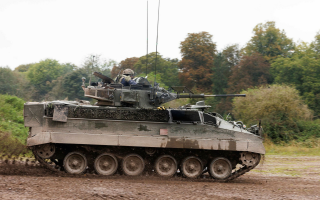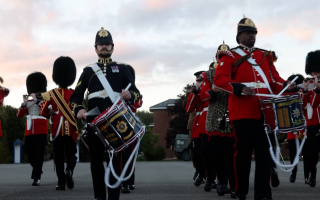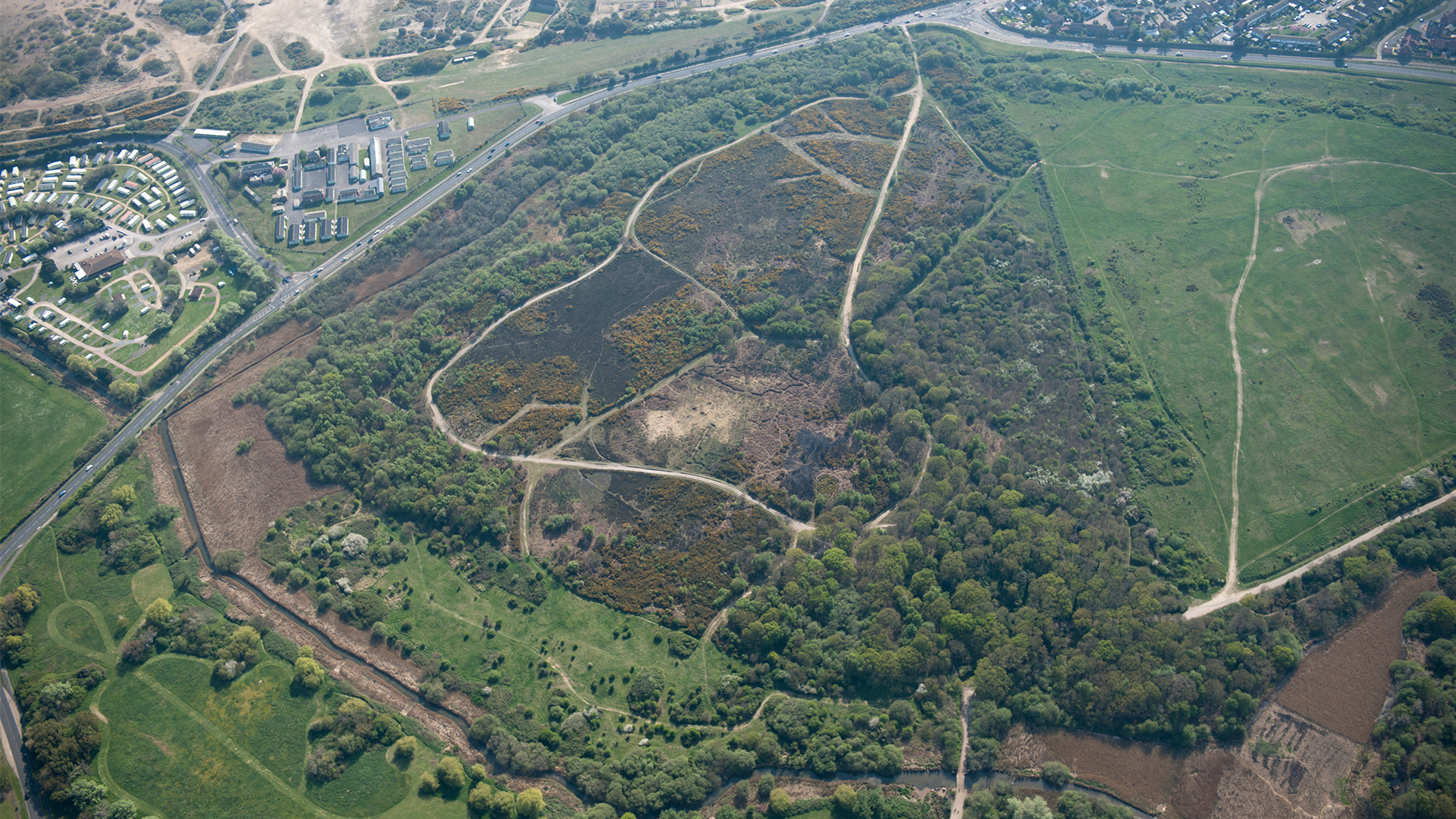
First World War practice trenches in Gosport granted highest level of heritage protection

The First World War practice trenches in Browndown, Gosport, have received the highest level of heritage protection.
Designated as a scheduled monument by the Department for Culture, Media and Sport (DCMS), these trenches are among England's best-preserved examples of their kind.
Rediscovered through aerial photography in 2011, the Browndown trenches have since been meticulously surveyed and mapped by Historic England investigators Olaf Bayer and Fiona Small as part of the Gosport Heritage Action Zone, an initiative dedicated to preserving the area's military heritage.
"Hidden beneath thick gorse and heather, the Browndown trenches are a rare reminder of how troops trained in this country before leaving for the Western Front," said Mr Bayer.
Soldiers practised digging, reinforcing, and repairing trenches, as well as learning to live and fight in them. The site features a layout simulating a battlefield, complete with opposing frontlines and a 'no-man's-land'.
"The harrowing experience of trench warfare is one of the defining features of the First World War, yet there are few places in Britain where surviving networks of trenches can be encountered.
"Browndown is one of the best examples left and the site gives us valuable insights into the rigorous training given to recruits facing a new era of industrialised warfare," Mr Bayer continued.
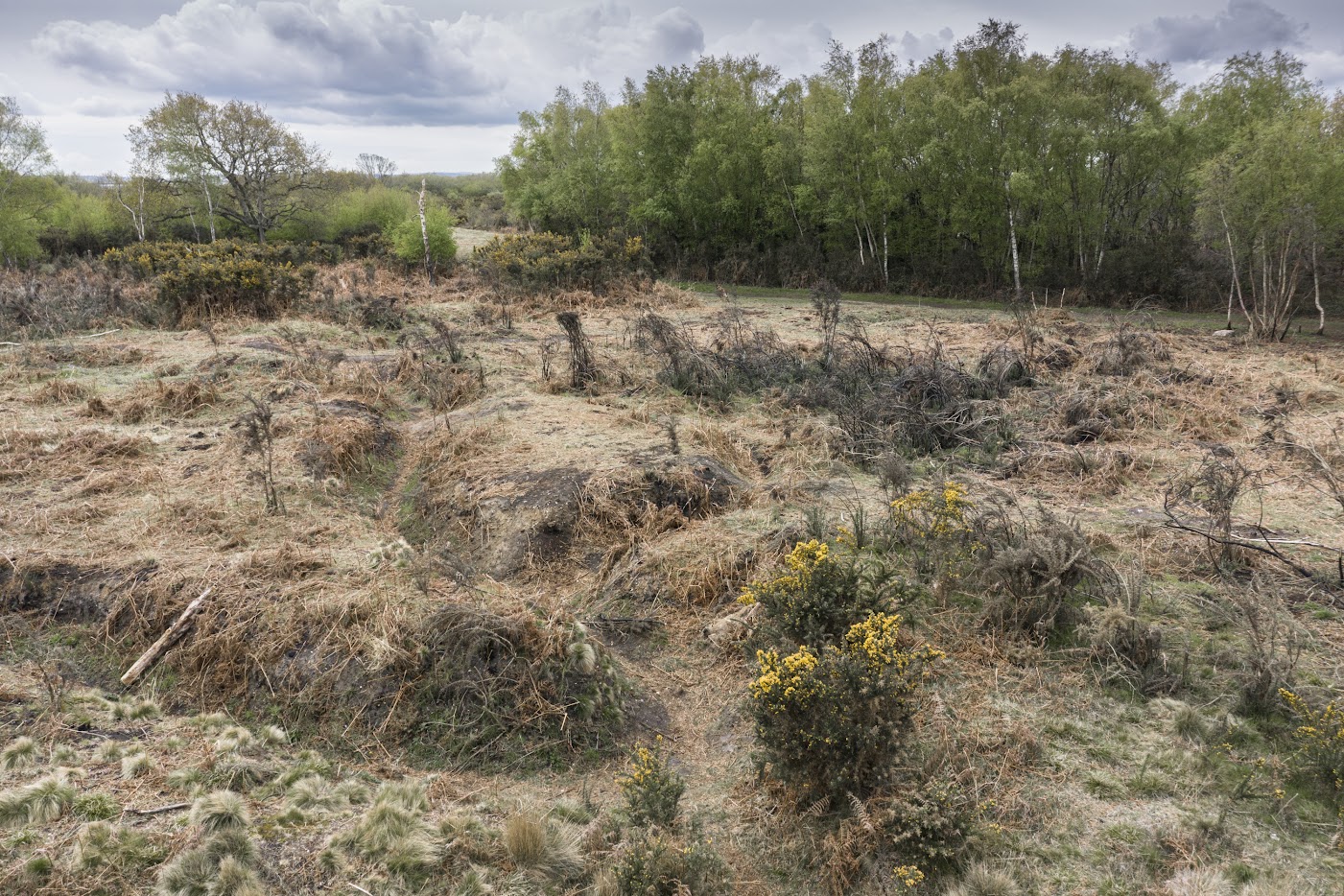
The site, located on Ministry of Defence land south of Alver Valley Country Park, is open to the public.
It also contains remnants of a prehistoric round barrow and a Second World War Heavy anti-aircraft battery and grenade ranges, all now protected under the scheduled monument status, which legally safeguards historically important sites.
Various First World War practice trench systems were created in England from 1914 onwards and surviving examples include at Tolsford Hill, Kent, Redmires near Sheffield, and Otterburn, in Northumberland.
However, the Browndown trenches are considered to be one of England's best preserved and most complex, providing 'textbook' training environments, mimicking sections of the Western Front.
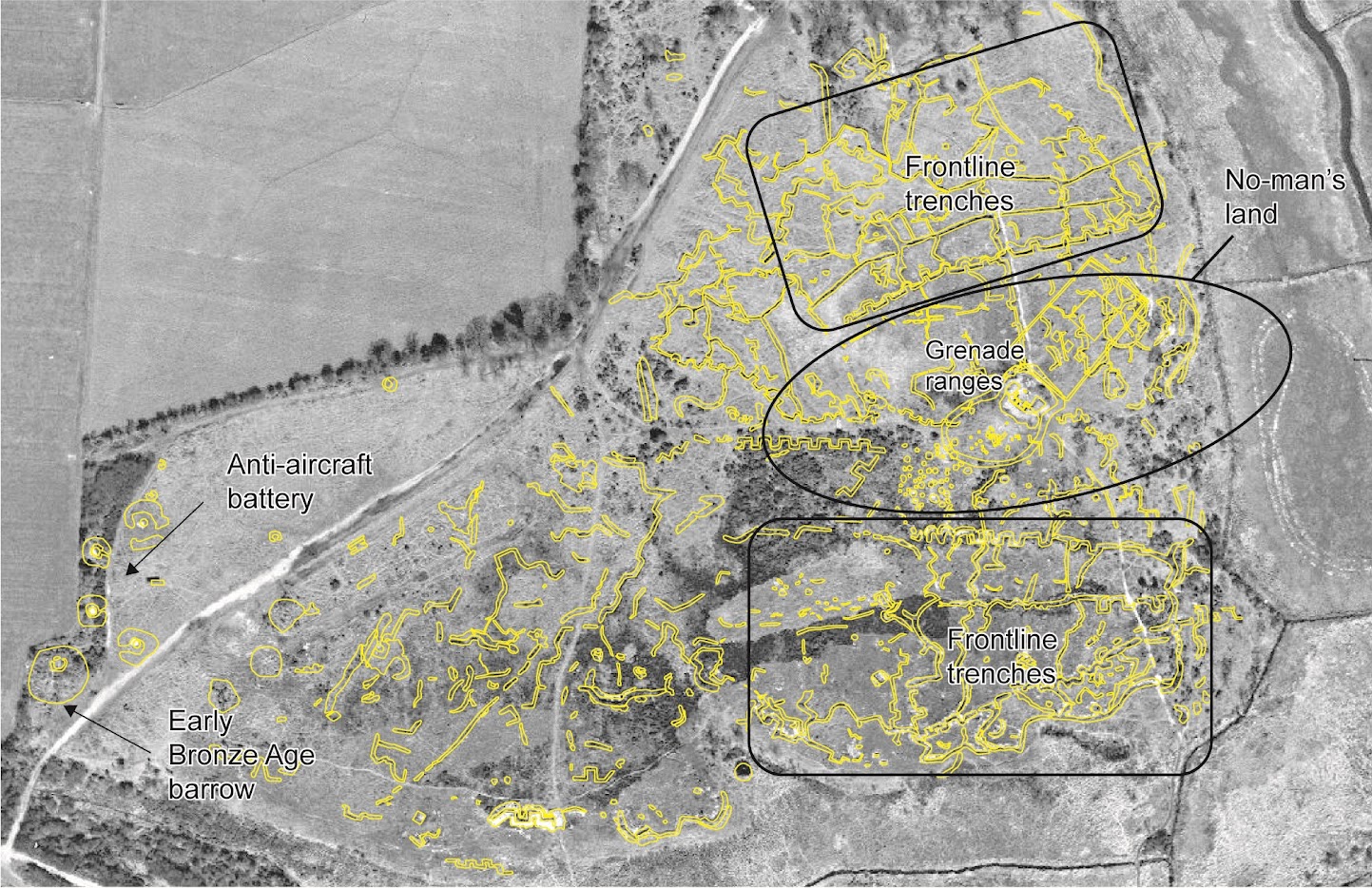
Trench warfare was a defining aspect of the First World War, characterised by its gruelling conditions and static, defensive tactics.
Trench systems stretched for hundreds of miles across Europe, creating a maze of fortified positions where soldiers endured hardships ranging from incessant shelling to the constant threat of disease.
Browndown's well-preserved trenches offer a rare glimpse into this pivotal era of industrialised warfare.
"The scheduling of the Browndown trenches illustrates the historic importance of the physical legacy of training troops for war," said Richard Osgood, senior archaeologist at the Defence Infrastructure Organisation (DIO).
"As owners of a large proportion of these features, the MOD and DIO is committed to being good custodians of the nation’s military heritage."
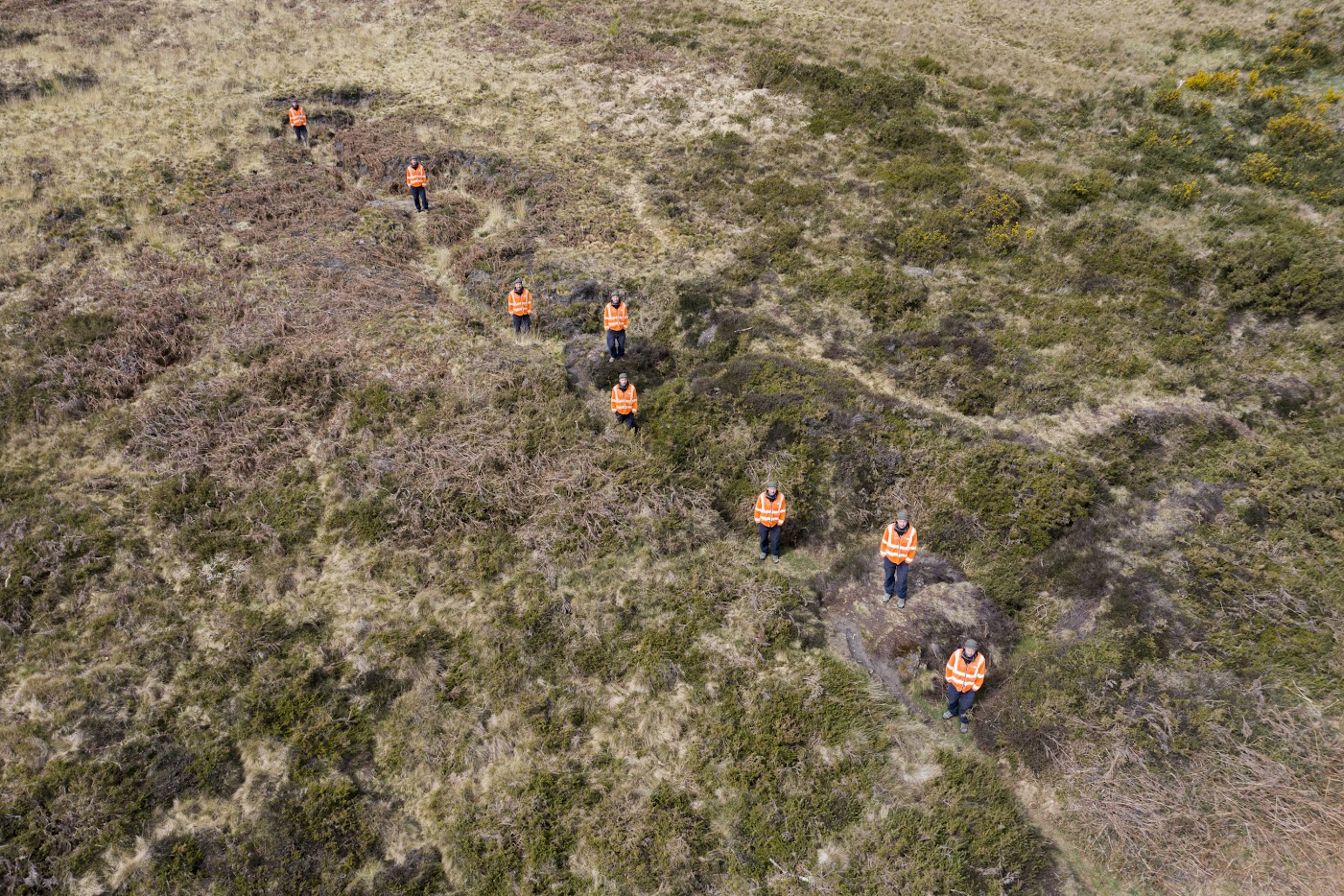
Historic England, a public organisation focused on historic preservation, carried out an in-depth review to clarify the level and extent of special architectural and historic interest of Gosport's unique military heritage, overall assessing more than 100 places.
Since 2020, the Gosport Heritage Action Zone listing review has resulted in:
One new scheduled monument:
· A prehistoric round barrow, First World War practice trenches, and a Second World War Heavy Anti-Aircraft Battery on Browndown Ranges (North)
11 new listings at Grade II:
· Thames Block, Fort Blockhouse
· Admiralty boundary stone, Fort Blockhouse
· Submarine Memorial Chapel of St Nicholas, Fort Blockhouse
· Cannon Bollard, Fort Blockhouse
· Former Gatehouse Datestone, Fort Blockhouse
· Submariners' Memorial, Fort Blockhouse
· Former Guardhouse (now called the Post Office), Fort Blockhouse
· Arrogant Block, Fort Blockhouse
· Number 1 Ship Tank, Haslar Marine Technology Park (former Admiralty Experiment Works)
· Number 2 Ship Tank, Haslar Marine Technology Park (former Admiralty Experiment Works)
· Manoeuvring Tank (now known as Ocean Basin), Haslar Marine Technology Park (Former Admiralty Experiment Works)
Amendments and detailed information added to:
· Fort Blockhouse – scheduled monument
· Bastion No 1, Gosport Lines – scheduled monument
· Fort Grange – scheduled monument
· Gosport Lines west of Weevil Lane – scheduled monument



